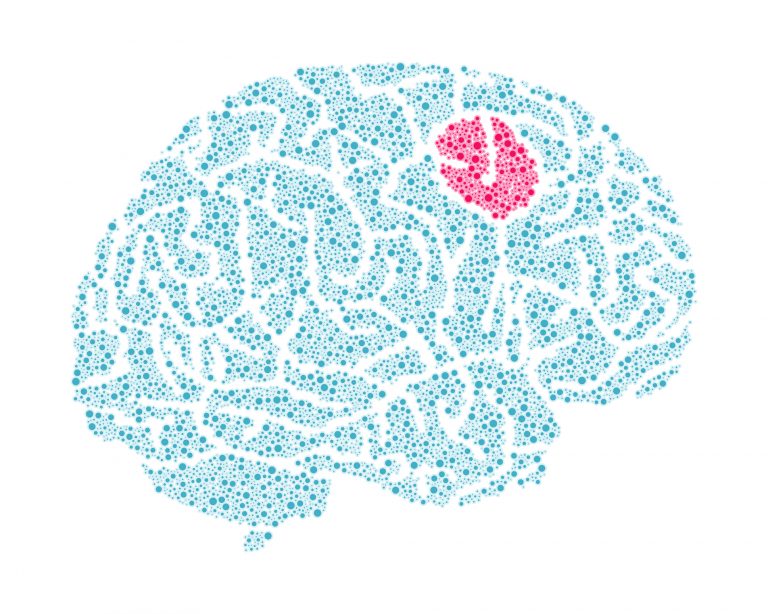
Irregularities in a tumor’s shape can help evaluate its aggressiveness prior to surgery, according to findings by a team of physicians from Karl Landsteiner University of Health Sciences in Krems, Austria. Their research focused on meningiomas.
The study was published in the latest issue of the Journal of Neurosurgery. The research team demonstrated the high predictive value of the model they developed and named the “surface factor.” Their model represents an objective and comparable parameter for the quantification of irregularities in tumor shape. Based on data from 126 patients, the study found a statistically significant correlation between a low surface factor (i.e. an irregular tumor surface) and a higher level of aggressiveness in the tumor.
Although meningiomas are often benign, around 20% of cases are characterized by a higher degree of aggressiveness. Distinctions are drawn using the WHO classification, which grades tumors from I to III once they have been surgically removed and also determines the subsequent treatment regimen. However, pre-operative classification could provide the surgeon with vital advance information on the best surgical strategy. This team has now demonstrated that the factor they calculated provides this type of information.
“The starting point for our analysis is very simple,” explains Dr. Franz Marhold of the Clinical Department of Neurosurgery at KL Krems University Hospital in St Pölten, and senior author. “Experience shows that tumors, especially meningiomas, with irregular surface tend to be more aggressive. This means we need a parameter for the objective quantification and comparison of irregularities in tumors. And this is exactly what we have achieved with the surface factor.”
Magnetic resonance imaging of a tumor provides the foundations for determining the surface factor (SF), which enables the surface area and volume of the tumor to be calculated using specialist software. In the second step, the surface area of a hypothetical sphere with the same volume as the tumor is calculated. As Dr. Popadic, first author of the study, points out: “Of all geometric forms, a sphere has the smallest surface area relative to its volume. In other words, it represents a sort of ‘idealised’ tumor with the smallest possible number of irregularities.” The SF is then calculated as the ratio of the sphere’s surface area to that recorded for the tumor. The more irregularities, the lower the SF.
In order to highlight the predictive value of the SF, Dr. Marhold, Dr. Popadic, and their team collected data from 126 patients who had meningiomas removed at two neurosurgical centers in Austria between 2010 and 2018. The retrospective study demonstrated that distinctions can be made with a high degree of statistical accuracy between the WHO grades I-III using the SF. Further analysis showed that the SF is independent of other values and can therefore serve as an easily calculable pre-operative prognostic factor for the aggressivity of a meningioma.
The team has thus devised a mathematical model that enables objective and quantitative pre-operative evaluation of the shape of meningiomas, as described in this current paper. Going forward, this new predictive tool could help to optimize surgical strategies and contribute to improved treatment outcomes.













